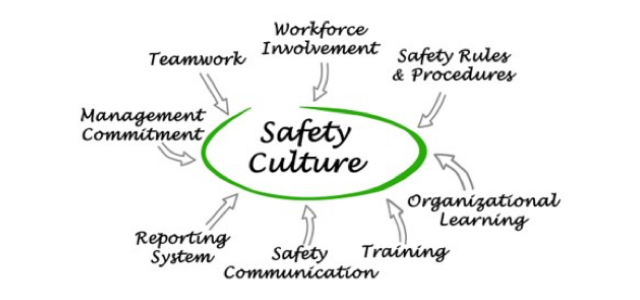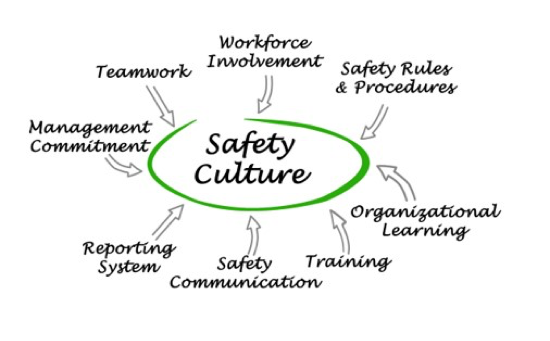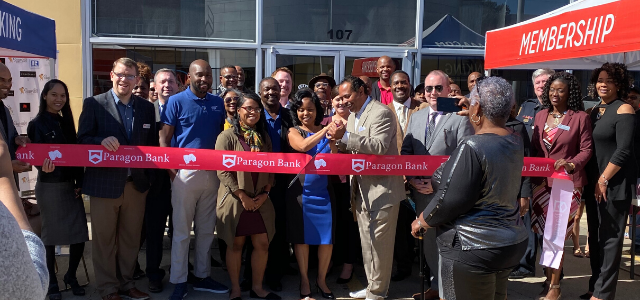

Most businesses have felt the economic impact – or as it is often called – the COVID induced economic pain of the coronavirus pandemic. Some more than others. In order to lessen the burden, various financial stimuli totaling more than $2 trillion have been provided by the US Government: Enhanced Unemployment Insurance benefits for laid off workers; $1200, initially, for almost every US citizen; and the Payroll Protection Program (PPP) for small businesses.
No one should knock individuals for buying entertainment items with their $1200 because the stimulus package is intended to lessen the impact of the downward spiraling economy. Entertainment items help people feel better about their situations and anytime people feel better, life is generally better.
The purpose of the Payroll Protection Program (PPP), forgivable loans backed by the Small Business Administration, is to provide work and pay to employees who may have been laid off or furloughed during a time of diminished business for companies. Businesses aren’t able to sell their product or service, so with no income to pay workers, layoff or cutting hours is inevitable. The PPP is pumped into businesses so they can make payroll without laying off or cutting hours.
Well, without selling products or services, the workers who dodged the bullet of losing their hours or jobs are soon at work without much to do. There is only so much housekeeping to get caught up on. Plus, if housekeeping is maintained on a regular basis, there shouldn’t be more than a few days of deep cleaning required. What should employers do for the employees who find themselves with few tasks to perform?
Training. Stimulate the economy of the safety culture.
Stimulate – raise the level of physiological activity; encourage development of or increased activity in (a state or process).
Economy – the wealth and resources… especially in terms of the production and consumption of goods and services.
Culture – the customary beliefs, social forms, and material traits of a group; also, the characteristic features of everyday existence (such as diversions or a way of life) shared by people in a place or time; the set of shared attitudes, values, goals, and practices that characterize an institution or organization; the set of values, conventions, or social practices associated with a particular field, activity or societal characteristic.
One more definition for the employers who don’t truly have a “Safety Culture” in the context of a consistent, systematic approach to valuing workers’ safety at the front end of quality and production. To repurpose a company slogan about quality work, here it is applied to safety. “We will keep our workers safe, at a profit if we can, at a loss if we must, but we will keep our workers safe.” If there is no safety culture, why not cultivate it now?
Cultivate – to grow in a prepared medium.
To be certain, an employers’ workplace is – or should be – a prepared medium. The employer must set the tone for the safety culture. It must be from the top down with ownership and senior management being in the front of the safety expectations. Safety must be taught/trained, encouraged, expected, and evaluated. Inadequacies must be addressed and improvements put in place.
To begin, whether the business abides by the OSHA Standards as a primary safety platform, or the more stringent ISO 45001 (which will meet all of the OSHA expectations), training is first. There are specific mandatory training requirements for every employer to provide to every worker. Many of these have annual, biannual or triannual refresher/retraining requirements. Specialized trades or processes have additional training requirements.
Ask yourself these questions:
Have I provided all of the required training for the employees I have the responsibility to protect?
How much training can I do now, while my employees are at reduced production levels?
If all of the training requirements are met, how can I enhance the safety culture in other ways?
This is a great time to raise the level of physiological activity towards safety and encourage development of or increased activity in safety practices and principles. This is a great time to utilize the wealth and resources to reinvest in safety training. This is a great time to harness and steer the customary beliefs, social forms, and material traits of your employees and create or strengthen safety as a characteristic feature of everyday existence for your workers. Improve safety as the way of life shared by the people in your organization. Provide guidance and support for everyone to buy into the set of shared attitudes, values, goals, and practices that characterize a sound safety culture in your organization.
There are no explicit requirements as to tasks and responsibilities for workers being covered by the PPP. This is an opportune time to be in compliance while getting in compliance. In one sense, the US Government is investing in businesses. The trickledown effect should be businesses’ investment in employees to stimulate the economy of the safety culture.
Jon Isom is a partner and Sr. Consultant of 3836 Safety, LLC, a Safety Consulting, Training, and Safety Management System Implementation firm with concentrations in OSHA compliance and the ISO Standards. OUR MOTTO IS: We manage your safety compliance so you can manage your business. 3836 Safety can provide you with the guidance and tools to get on track to a robust Occupational Health and Safety Management System. He can be reached at: jon@3836safety.com or 901-600-6746



